Mastek is up there with a list of Irish machinery manufacturers which started from humble beginnings and have evolved into successful businesses. A true success story, the firm was set up in 1999 but didn’t venture into the agricultural side of the business until 2008. It has since built 3,500 dribble bars.
Growing up on the family farm in Co Monaghan, Paul Quinn always had a keen interest in mechanisation. After finishing school, he went to work with Moffett Engineering.
Starting off as a trainee welder/fabricator, he later progressed into jig manufacturing, design, research and development.
“I worked with Moffett for almost 20 years. I left in 1999 when the company was taken over by an American firm. They looked at the employees and decided to let go 15 staff, one of which was me. Combi Lift was established that same year. At the time, they were importing the forklift masts from Italy. I saw an opportunity to manufacture these in Ireland and I approached Combi Lift. As a result, Mastek was set up in late 1999, in a three-way partnership between Martin McVicar, Robert Moffett and I. We all previously knew each other quite well from our time in Moffett.”
Mastek was initially set up in Monaghan town. In the years that followed, the company employed 16 full-time staff who were building 60 forklift masts each month. In 2006, Mastek purchased a site in the Cootehill Industrial Estate, Co Cavan, and built a new factory before relocating the business.
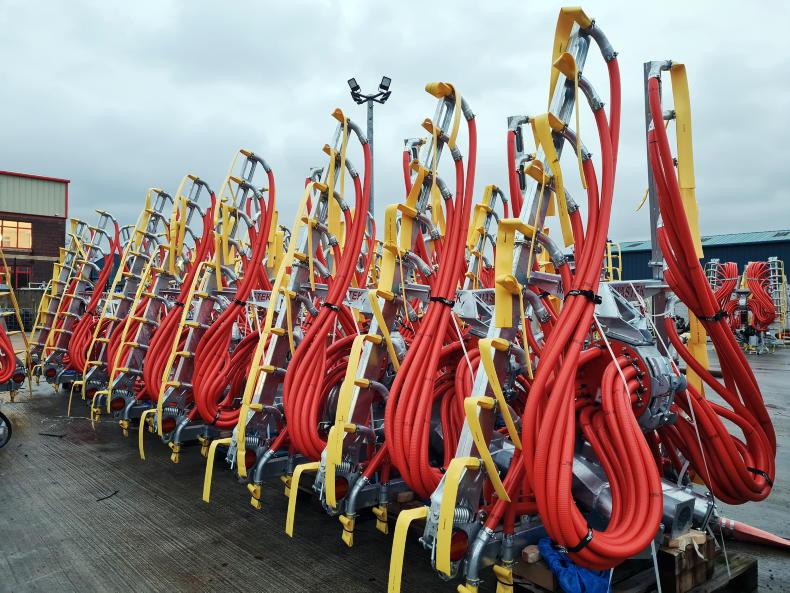
Mastek designed its first dribble bar in 2013, and has 280 units on order at present.
“When the economic downturn came in 2008, our production dropped to 16 forklift masts each month and our workforce dropped to five workers, on a three-day week. The recession almost closed our business. It was at this point we realised the business couldn’t rely on one identity. We were willing to do anything to keep the doors open. A local contractor asked me to build him some reelers for an umbilical system. To be honest, I knew nothing about the industry at the time. I saw potential in the slurry business and hired a design engineer to help develop a range of products.
Paul said: “In 2012, the slurry side of the business became financially more important. My wife Anne and I decided to buy full control of Mastek. Anne looks after the accounts which is the most important aspect, and I take care of the day to day stuff.
“In 2016, we built another factory adjacent to the existing one, which trebled production capacity. Last year, we bought a factory just across the road from us. This will be home to laser and plasma cutters, and represents an investment of €2.6m.”
Products
Today, 95% of Mastek’s production is slurry-related, while the masts account for the remaining 5%. Mastek builds in the region of 120 forklift masts each month, with the remainder still built by an Italian firm.
From 2008 to 2012, Mastek offered front and rear reelers, single and twin splash plates and distributed Bauer pumps and Snaptite hosing. Paul explained that it was in 2012 when he realised the potential for low-emission slurry spreading equipment, after observing trends across Europe, especially in the Netherlands.
In 2013, Mastek designed its first dribble bar. At the time, the Cavan-based firm used two different European built macerators. Paul said he felt neither were fit for purpose when it came to handling high-fibre slurry, especially from longer-chop bale silage which is common in Ireland.
This led to the development of Mastek’s own Supercut macerator. According to Paul himself, it took four years to perfect the unit and sort out a lot of teething issues.
“The lack of social media during the development of the Supercut macerator was very important,” he laughed.

Paul Quinn
“Only for the loyal contractors that stuck with me to iron out the issues, we might never have perfected it. That time most people were splash plating, so it wasn’t as big of deal if the macerator stopped up. It would be a very different story today.”
Once he was happy, the design was patented with a €100,000 protection for Ireland and the UK.
Today, Mastek build front and rear reelers from 400m to 1,200m, dribble bars from 7.5m up to 24m with single and double macerators and offer a limited number of recessed tankers.
Markets
Ireland continues to be the main market for Mastek, accounting for 60% of total annual production. This is followed by 20% to the UK, 5% to Norway, 5% to New Zealand and the remainder divided up between Germany, Switzerland, Austria, Denmark, Finland, France, Spain, Belgium and Australia.
“I can see the biggest growth for us in the next few years to be in the UK. In 2019, we set up Mastek UK, simply because of Brexit. We have two salesmen over there looking after 18 dealers. Our business in the UK is mainly dribble bars, but the slurry separation business is really taking off. Germany is a new market for us and I can see a lot of potential there,” explained Paul.
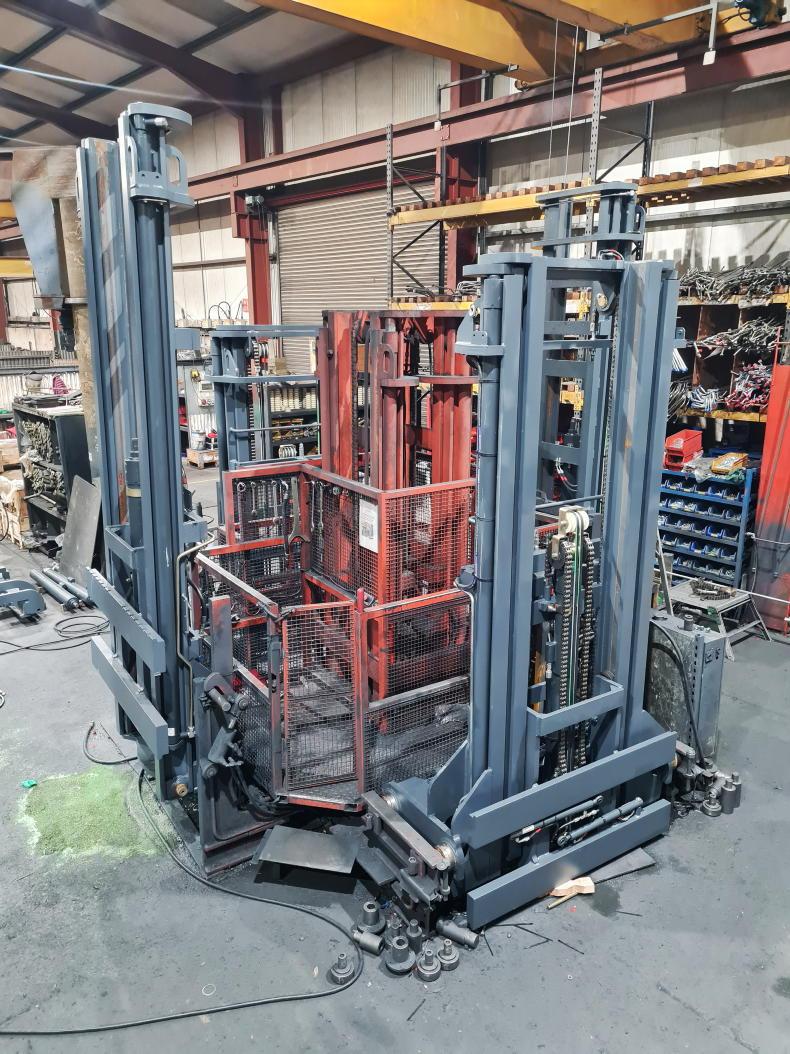
Mastek build in the region of 120 forklift masts each month for Combi Lift, which accounts for 5% of its annual production.
At present, the order book equates to six to eight weeks of production. This is broken into 180 dribble bar retrofits for the Irish market, with a total of 280 units on order.
This is as strong as the book has ever been noted Paul. Weekly manufacturing capacity is 22 retrofit dribble bars and eight umbilical dribble bars.
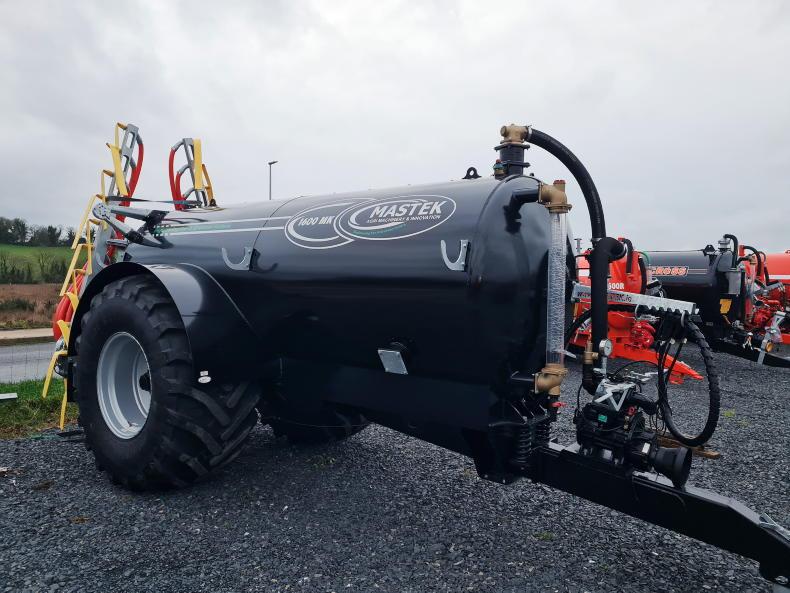
Today, Mastek build front and rear reelers, dribble bars from 7.5m up to 24m and offer a limited number of recessed tankers.
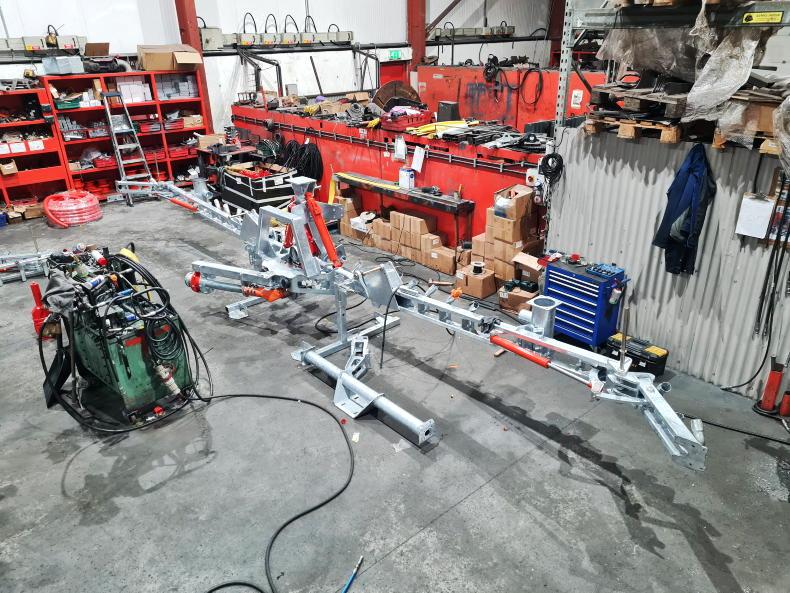
Today, 95% of Mastek’s production is slurry related.
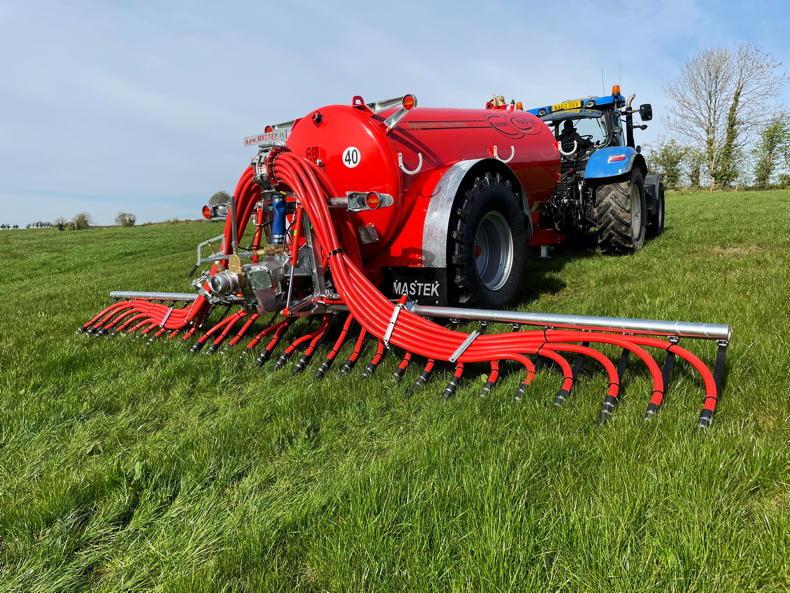
Ireland continues to be the main market for Mastek, accounting for 60% of total annual production, followed by 20% to the UK.
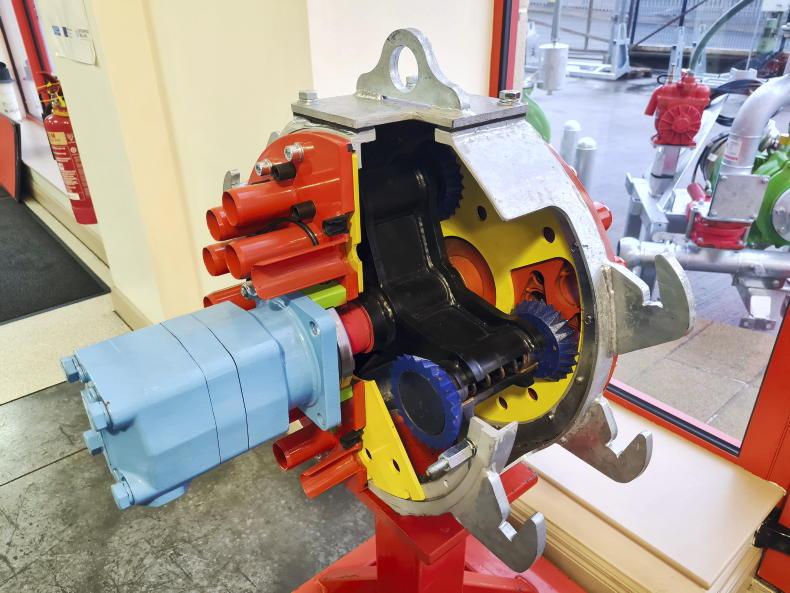
Mastek spent four years developing and perfecting its Supercut macerator.

Mastek employ 42 full-time staff, and sub out 65% of total fabrication to three local firms who employ a further 25 staff between them.
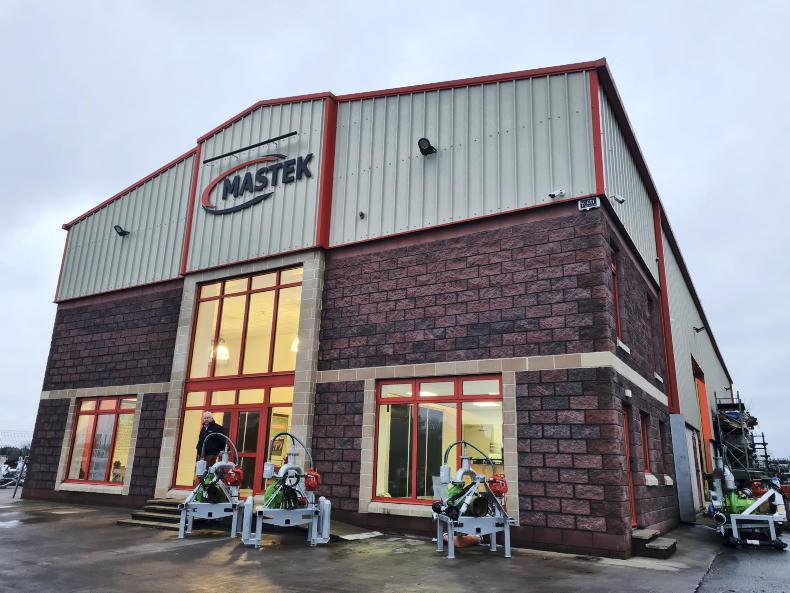
Mastek was initially set up in Monaghan town, before purchasing a site in the Cootehill Industrial Estate in 2006, and building a new factory.

Mastek was set up in 1999, but didn’t venture into the agricultural side of the business until 2008, and has built 3,500 dribble bars .
Mastek employs 42 full-time staff. Thirty are involved in manufacturing and the other 12 are in administration and sales. Meanwhile, 65% of total fabrication is subbed out to three local firms who employ a further 25 staff between them.
Opportunities/threats
“The rising energy cost is our biggest issue. Our energy bills are up 35%. Our ESB bill alone is up €5,500 monthly. We are looking into the concept of solar panels, but I’m not convinced just yet.
“Galvanising costs are up 35% since June – these are strongly linked to energy costs. Likewise, transport costs to the continent are also up 35% in 12 months. Steel prices have stabilised, with certain steel having came back in price. We find sourcing materials and components to be OK at present. We generally try to carry three to six months of stock, depending on the component.
“We see a bright future for manufacturing equipment which will increase the sustainability of farms. The outlook for the next 12 months looks good. We had a very good year in 2022 with our turnover up 30% year on year. We are aiming to achieve the same in 2023. There is great potential across Europe. We are targeting regions in Europe which are similar to Ireland. We are very lucky to have an enthusiastic team of loyal staff- without them none of it would be possible.”
Business: Mastek.
Established:
1999.
Managing director: Paul Quinn.
Export markets: 12.
Employees: 42.
Address: Cootehill, Co Cavan.
Mastek is up there with a list of Irish machinery manufacturers which started from humble beginnings and have evolved into successful businesses. A true success story, the firm was set up in 1999 but didn’t venture into the agricultural side of the business until 2008. It has since built 3,500 dribble bars.
Growing up on the family farm in Co Monaghan, Paul Quinn always had a keen interest in mechanisation. After finishing school, he went to work with Moffett Engineering.
Starting off as a trainee welder/fabricator, he later progressed into jig manufacturing, design, research and development.
“I worked with Moffett for almost 20 years. I left in 1999 when the company was taken over by an American firm. They looked at the employees and decided to let go 15 staff, one of which was me. Combi Lift was established that same year. At the time, they were importing the forklift masts from Italy. I saw an opportunity to manufacture these in Ireland and I approached Combi Lift. As a result, Mastek was set up in late 1999, in a three-way partnership between Martin McVicar, Robert Moffett and I. We all previously knew each other quite well from our time in Moffett.”
Mastek was initially set up in Monaghan town. In the years that followed, the company employed 16 full-time staff who were building 60 forklift masts each month. In 2006, Mastek purchased a site in the Cootehill Industrial Estate, Co Cavan, and built a new factory before relocating the business.

Mastek designed its first dribble bar in 2013, and has 280 units on order at present.
“When the economic downturn came in 2008, our production dropped to 16 forklift masts each month and our workforce dropped to five workers, on a three-day week. The recession almost closed our business. It was at this point we realised the business couldn’t rely on one identity. We were willing to do anything to keep the doors open. A local contractor asked me to build him some reelers for an umbilical system. To be honest, I knew nothing about the industry at the time. I saw potential in the slurry business and hired a design engineer to help develop a range of products.
Paul said: “In 2012, the slurry side of the business became financially more important. My wife Anne and I decided to buy full control of Mastek. Anne looks after the accounts which is the most important aspect, and I take care of the day to day stuff.
“In 2016, we built another factory adjacent to the existing one, which trebled production capacity. Last year, we bought a factory just across the road from us. This will be home to laser and plasma cutters, and represents an investment of €2.6m.”
Products
Today, 95% of Mastek’s production is slurry-related, while the masts account for the remaining 5%. Mastek builds in the region of 120 forklift masts each month, with the remainder still built by an Italian firm.
From 2008 to 2012, Mastek offered front and rear reelers, single and twin splash plates and distributed Bauer pumps and Snaptite hosing. Paul explained that it was in 2012 when he realised the potential for low-emission slurry spreading equipment, after observing trends across Europe, especially in the Netherlands.
In 2013, Mastek designed its first dribble bar. At the time, the Cavan-based firm used two different European built macerators. Paul said he felt neither were fit for purpose when it came to handling high-fibre slurry, especially from longer-chop bale silage which is common in Ireland.
This led to the development of Mastek’s own Supercut macerator. According to Paul himself, it took four years to perfect the unit and sort out a lot of teething issues.
“The lack of social media during the development of the Supercut macerator was very important,” he laughed.

Paul Quinn
“Only for the loyal contractors that stuck with me to iron out the issues, we might never have perfected it. That time most people were splash plating, so it wasn’t as big of deal if the macerator stopped up. It would be a very different story today.”
Once he was happy, the design was patented with a €100,000 protection for Ireland and the UK.
Today, Mastek build front and rear reelers from 400m to 1,200m, dribble bars from 7.5m up to 24m with single and double macerators and offer a limited number of recessed tankers.
Markets
Ireland continues to be the main market for Mastek, accounting for 60% of total annual production. This is followed by 20% to the UK, 5% to Norway, 5% to New Zealand and the remainder divided up between Germany, Switzerland, Austria, Denmark, Finland, France, Spain, Belgium and Australia.
“I can see the biggest growth for us in the next few years to be in the UK. In 2019, we set up Mastek UK, simply because of Brexit. We have two salesmen over there looking after 18 dealers. Our business in the UK is mainly dribble bars, but the slurry separation business is really taking off. Germany is a new market for us and I can see a lot of potential there,” explained Paul.

Mastek build in the region of 120 forklift masts each month for Combi Lift, which accounts for 5% of its annual production.
At present, the order book equates to six to eight weeks of production. This is broken into 180 dribble bar retrofits for the Irish market, with a total of 280 units on order.
This is as strong as the book has ever been noted Paul. Weekly manufacturing capacity is 22 retrofit dribble bars and eight umbilical dribble bars.

Today, Mastek build front and rear reelers, dribble bars from 7.5m up to 24m and offer a limited number of recessed tankers.

Today, 95% of Mastek’s production is slurry related.

Ireland continues to be the main market for Mastek, accounting for 60% of total annual production, followed by 20% to the UK.

Mastek spent four years developing and perfecting its Supercut macerator.

Mastek employ 42 full-time staff, and sub out 65% of total fabrication to three local firms who employ a further 25 staff between them.

Mastek was initially set up in Monaghan town, before purchasing a site in the Cootehill Industrial Estate in 2006, and building a new factory.

Mastek was set up in 1999, but didn’t venture into the agricultural side of the business until 2008, and has built 3,500 dribble bars .
Mastek employs 42 full-time staff. Thirty are involved in manufacturing and the other 12 are in administration and sales. Meanwhile, 65% of total fabrication is subbed out to three local firms who employ a further 25 staff between them.
Opportunities/threats
“The rising energy cost is our biggest issue. Our energy bills are up 35%. Our ESB bill alone is up €5,500 monthly. We are looking into the concept of solar panels, but I’m not convinced just yet.
“Galvanising costs are up 35% since June – these are strongly linked to energy costs. Likewise, transport costs to the continent are also up 35% in 12 months. Steel prices have stabilised, with certain steel having came back in price. We find sourcing materials and components to be OK at present. We generally try to carry three to six months of stock, depending on the component.
“We see a bright future for manufacturing equipment which will increase the sustainability of farms. The outlook for the next 12 months looks good. We had a very good year in 2022 with our turnover up 30% year on year. We are aiming to achieve the same in 2023. There is great potential across Europe. We are targeting regions in Europe which are similar to Ireland. We are very lucky to have an enthusiastic team of loyal staff- without them none of it would be possible.”
Business: Mastek.
Established:
1999.
Managing director: Paul Quinn.
Export markets: 12.
Employees: 42.
Address: Cootehill, Co Cavan.
















 This is a subscriber-only article
This is a subscriber-only article






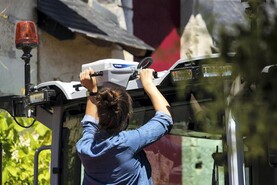



SHARING OPTIONS: